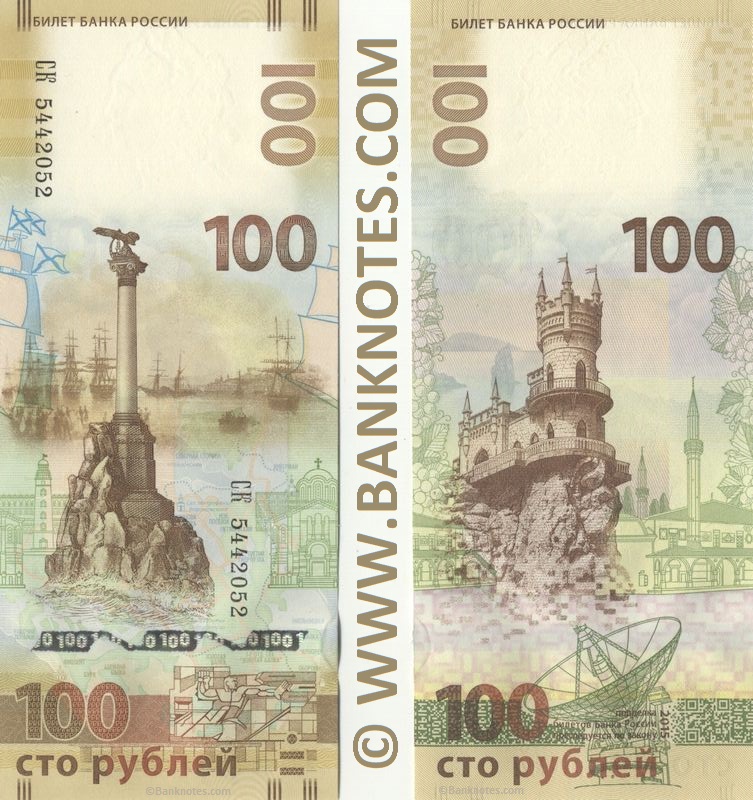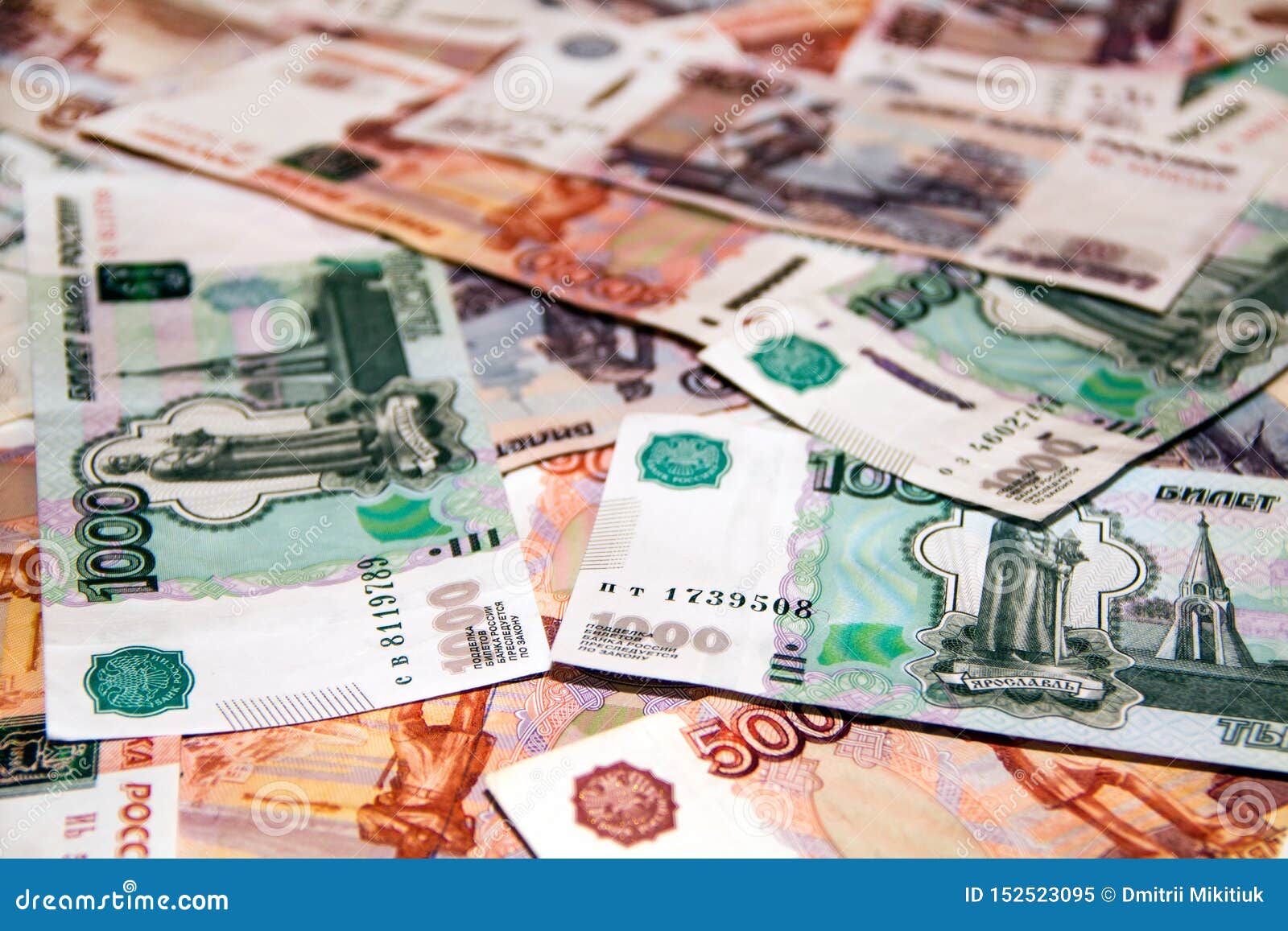
Russia has been able to prop up the ruble despite global sanctions by hiking interest rates, preventing Russian brokers from selling securities held by foreigners and demanding payment for gas and oil deliveries in rubles, among other actions. At its peak on March 7, the ruble was trading at 135 to the dollar. One dollar could buy about 68 rubles Friday, less than half the number it could buy in early March. The news sent the Russian ruble, which has been surging for two months, to a two-year high against the US dollar.

A US Treasury official said the payment must have come from a new pile of money, because it did not lift its restrictions on Russia’s sanctioned dollars, according to Reuters. It just can’t access about half of those funds after the West placed unprecedented sanctions on its foreign reserves, totaling about $315 billion.īut Russia has apparently found a way to pay off hundreds of millions of dollars in debt without accessing its frozen reserves. Because of sanctions, the credit-rating agency pulled its rating on Russian debt on April 15. We may never know if S&P changes its mind about Russia’s default. For these bond payments, that grace period ends May 4. Russian gas customers in Europe may accept Putin's payment termsīond payments typically come with a 30-day grace period. Photographer: Bartek Sadowski/Bloomberg via Getty Images Bartek Sadowski/Bloomberg/Getty Images Russia halted gas flows to Poland and Bulgaria in a major escalation, and said it will keep supplies switched off until the two countries agree to Moscow's demands to pay for the fuel in rubles. Pipework at the Wierzchowice Underground Gas Storage Facility, operated by Polskie Gornictwo Naftowe i Gazownictwo SA, also known as PGNiG, in Wierzchowice, Poland, on Wednesday, April 27, 2022. Although the dollar payments are already overdue, Russia’s late payment in dollars serves as a last-ditch effort to avoid default. On April 6, Russia said it had made the payments on those bonds in rubles, leading S&P to declare three days later that Russia was in default on its foreign debt obligations. “In this way, the obligations of servicing sovereign eurobonds are being carried out in observance of the conditions laid out in the issue documentation.” “The payments were made in the currency of issue of the corresponding eurobonds - in US dollars,” Russia’s finance ministry said in a statement.

Both payments were made in US dollars, the finance ministry claimed, as required by the bond’s contract stipulations. The country’s finance ministry said in a statement that it made a $565 million eurobond that was due this year, as well as an $84 million eurobond that was set to mature in 2024. The ruble gained ground after the country said it managed to pay back creditors with dollars as Russia tries to avoid a default. Russia’s currency hit a two-year high against the US dollar Friday. dollar immediately after the invasion but has since retraced most of those losses.Russian President Vladimir Putin’s efforts to support the ruble continue to pay off - and then some. The market for rubles has become so distorted by actions of the Russian government and its central bank to limit capital outflows that "you should not infer anything" from the value of the ruble, which fell to a record low against the U.S. The Russian economy is "reeling" from the sanctions imposed after the late February invasion, Yellen told the House Financial Services Committee.

Treasury Secretary Janet Yellen said on Wednesday. The Russian ruble's near complete recovery in recent weeks is not a signal that the Russian economy is weathering the sanctions Washington and its allies have imposed since Russia invaded Ukraine, U.S. The dip in Russia's imports following the Ukraine war is also expected to improve its trade deficit and reflect positively on the ruble, The State Bank of India in its report said that anchoring the currency to gold will help stabilize domestic inflation as well. It is the fifth largest in the world, the US ranks number one, followed by Germany, Italy and France. Russia's gold reserves are estimated at more than 2298.53 tonnes. Most of Europe, including Germany, is dependent on Russia for natural gas and oil.Īny currency backed by gold is perceived to be stabler and stronger.


 0 kommentar(er)
0 kommentar(er)
